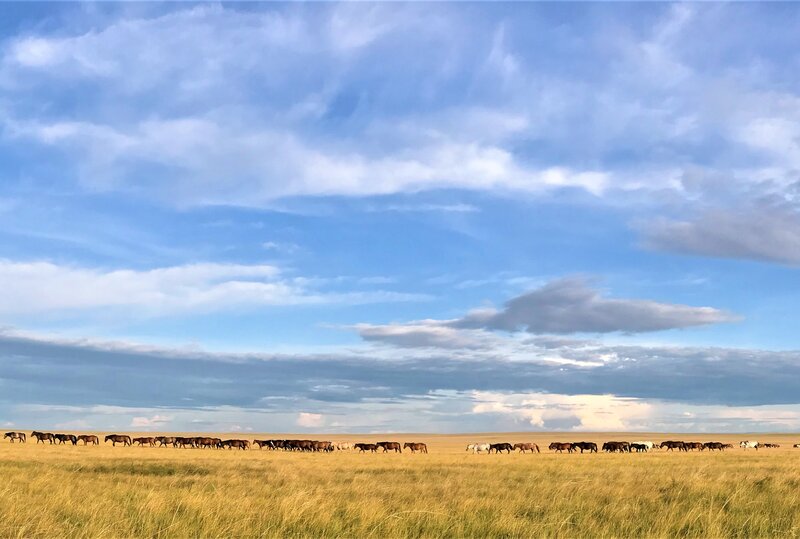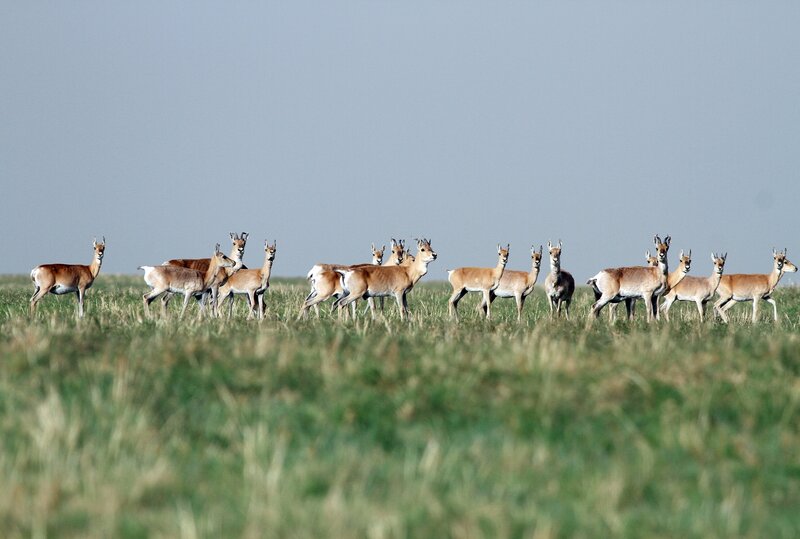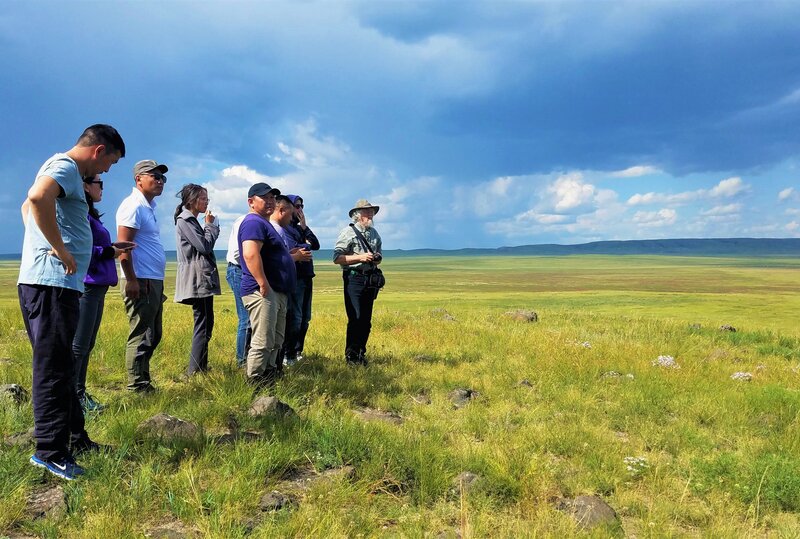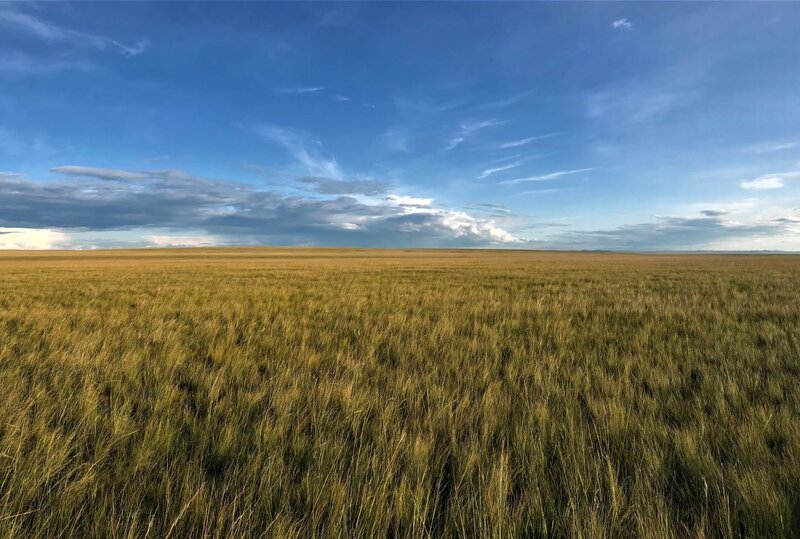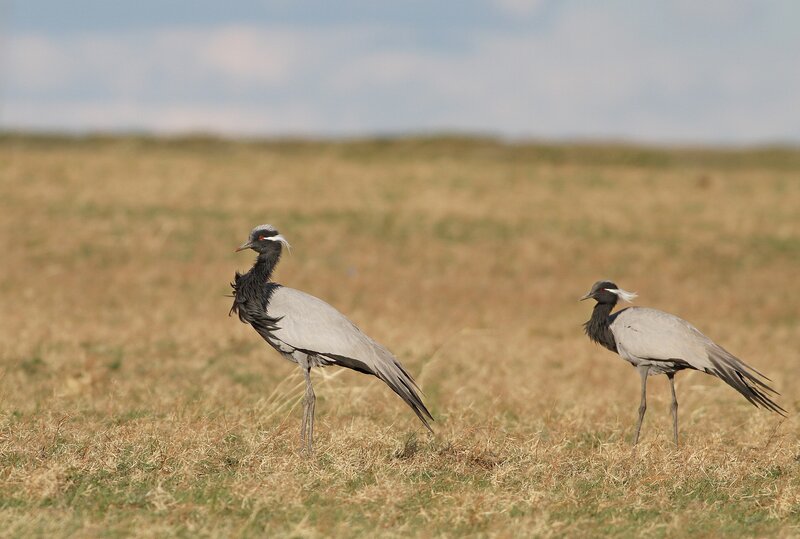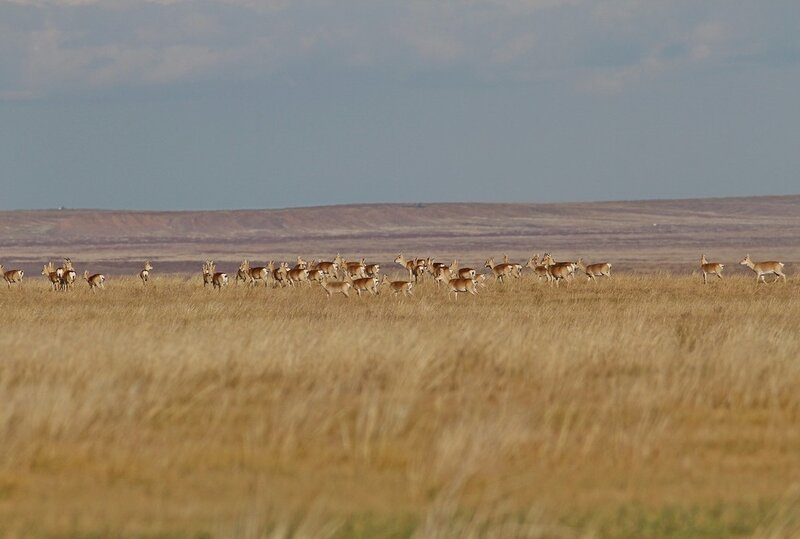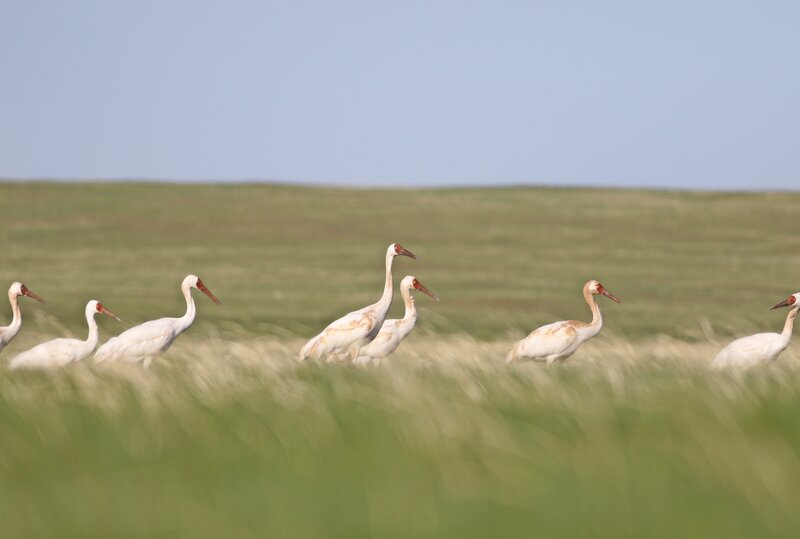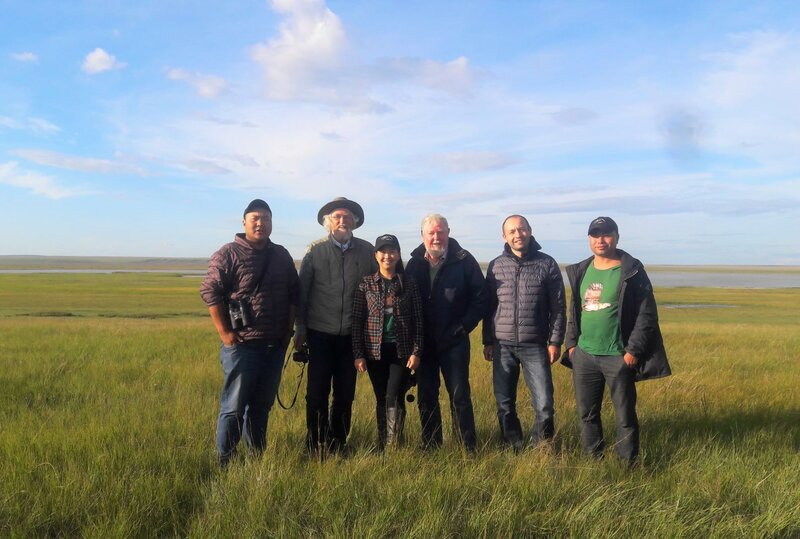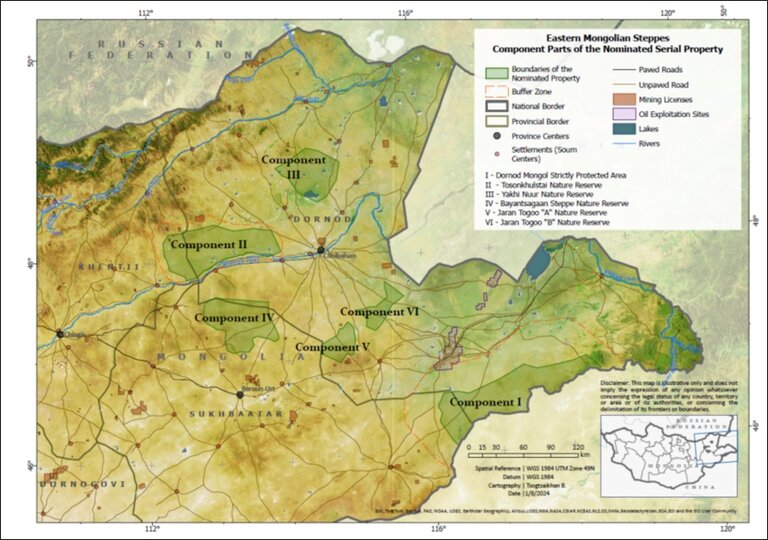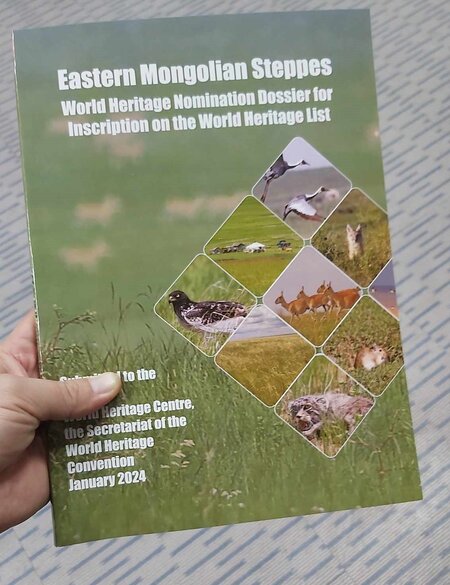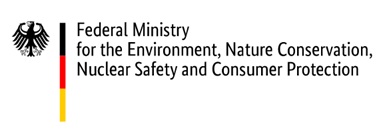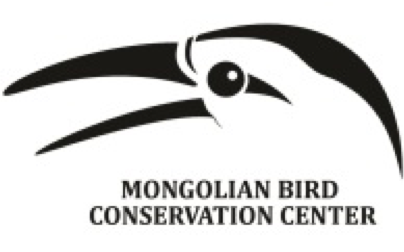Mongolia
Towards the World Heritage Nomination of the Eastern Mongolian Steppes
Mongolia’s extraordinary degree of naturalness and globally significant biodiversity requires the conservation of vast landscapes at a time when anthropogenic pressure is increasing. While the Temperate Grasslands biome is the most converted and least protected globally, the temperate grasslands of Mongolia are largely unconverted to this day and continue to support the full assemblage of native species and the livelihoods of half of Mongolia’s population engaged in mobile pastoralism. However, both flora and fauna and local livelihoods are threatened by increasing resource extraction, transport infrastructure and excessive livestock levels, putting at risk outstanding natural values as well as a traditional and formerly sustainable form of livelihood.
The Michael Succow Foundation (MSF), in collaboration with the Mongolian Bird Conservation Center (MBCC), successfully implemented a project with the aim of conserving particularly valuable representations of the extraordinary ecosystems in Eastern Mongolia’s temperate grasslands by nominating them as a World Heritage site.
As the first step towards successful nomination a comprehensive feasibility study was conducted, that assessed and specified the potential and perspectives for the successful nomination. The study concluded that the proposed area of 1,8 Mio hectare, consisting of six component parts, has the potential to meet the criteria (ix) and (x) of the Operational Guidelines of the World Heritage Convention as a serial property.
In December 2021 a follow-up project was launched with an objective to support the Mongolian Government within the World Heritage nomination process. At the same time, the project aimed to raise awareness on World Heritage in Mongolia and enhance its use as a conservation instrument as well as to improve the management effectiveness for targeted protected areas and build capacities for the integrated management of the proposed serial property.
Different activities such as field visits to the target area, literature reviews, study tour to Germany, expert workshops and stakeholder meetings were implemented within the framework of the project, to also address challenges and threats to the territory and find solutions to ensure the preservation of the Outstanding Universal Value of the proposed property.
As a result of comprehensive work and joint effort, a complete nomination dossier together with respective maps for the Eastern Mongolian Steppes was developed and submitted by the Mongolian Government to UNESCO's World Heritage Centre in January 2024. In addition, a management concept for ensuring the coordinated management of the serial property was elaborated and approved by relevant institutions.
Inscription on the World Heritage List is expected to add a layer of visibility, protection, and accountability to the Eastern Mongolian Steppes, supporting the preservation of the unique ecosystems.
This project was funded by the German Federal Environment Ministry’s Advisory Assistance Programme (AAP) for environmental protection in the countries of Central and Eastern Europe, the Caucasus and Central Asia and other countries neighboring the European Union. It was supervised by the Federal Agency for Nature Conservation (BfN) and the German Environment Agency (UBA).
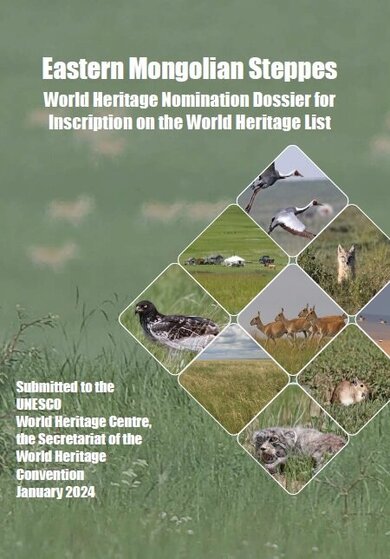
Towards the World Heritage Nomination of the Eastern Mongolian Steppes
Location: Mongolia
Duration: 12.2021 - 01.2024

Nika Malazonia
Expertise: Protected area management, biosphere reserves, World heritage
Tel +49 3834 83542 35
